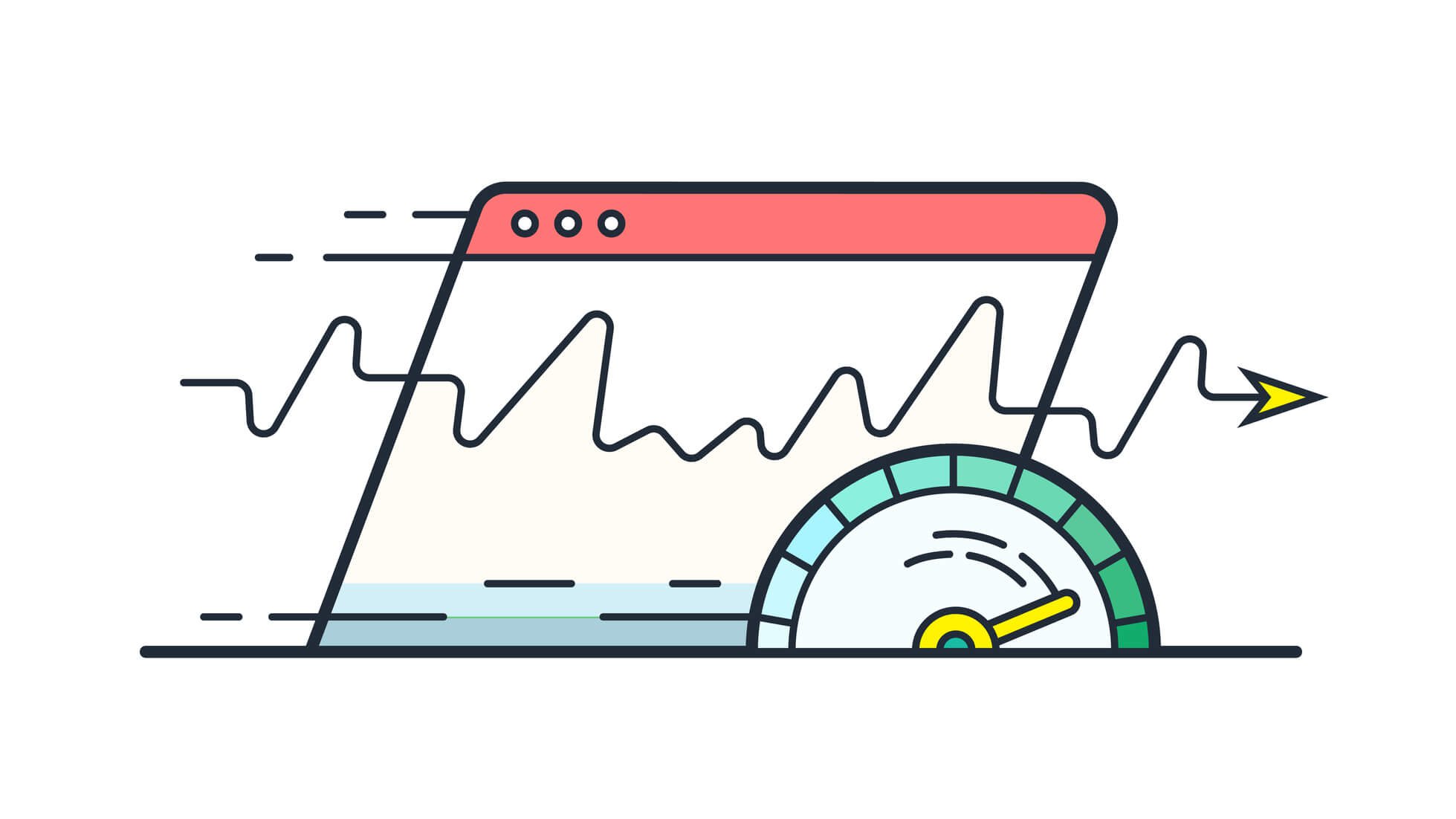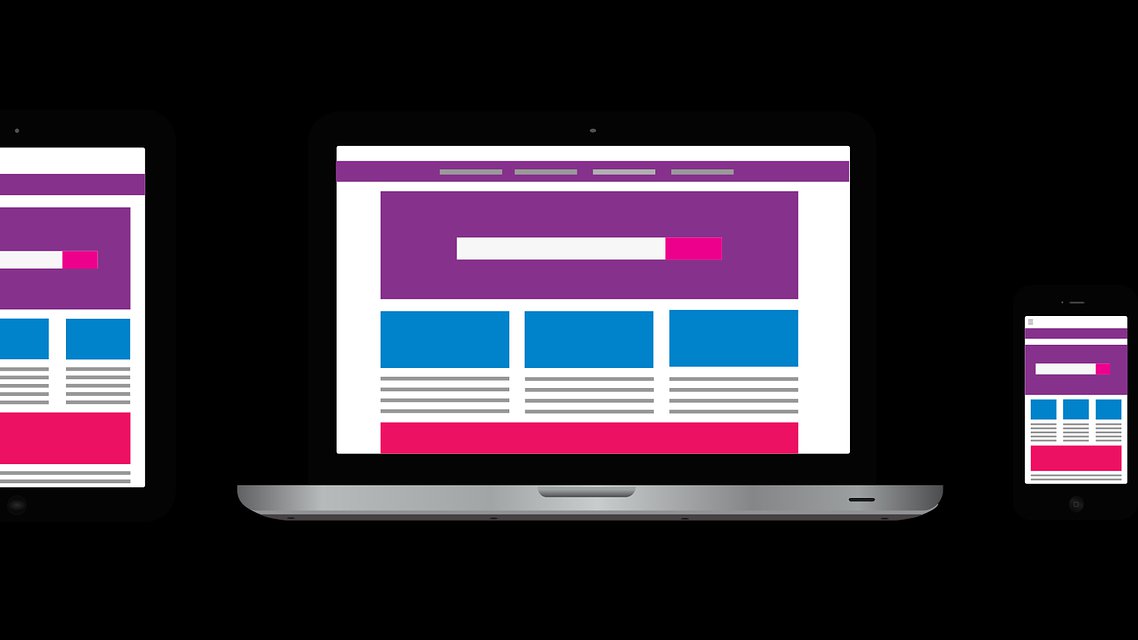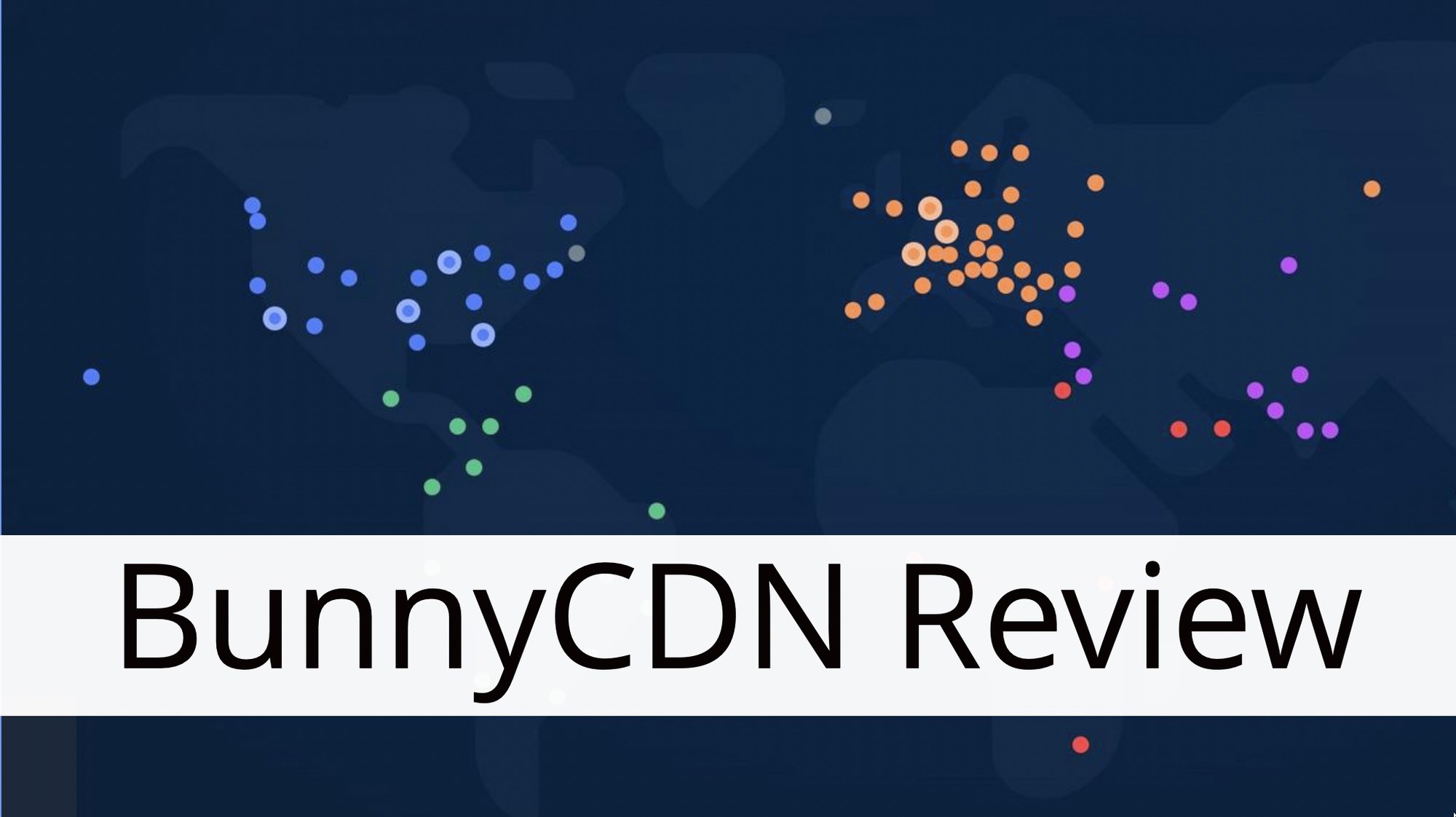Managing multiple WordPress websites can be a daunting task. As your website portfolio expands, so does the complexity of ensuring that each site is running smoothly, secure, and up-to-date. Manually managing each site individually can be time-consuming, inefficient, and prone to errors.
Fortunately, there are WordPress management tools available that can simplify and streamline the process. These tools offer a range of features to help you efficiently manage multiple WordPress websites from a single dashboard.
In this article, we will explore the need for WordPress management tools, discuss popular options available in the market, highlight the features of an effective WordPress management tool, and delve into the benefits of using such tools. We will also touch upon the WordPress Multisite feature and the consolidation of hosting services. By the end of this article, you will have a clear understanding of how to manage multiple WordPress websites efficiently and effectively. So, let’s dive in!
🚀 PRO TIP: Did you know that managing multiple WordPress websites can be made easy with the help of WordPress management tools? Discover how you can save time, streamline updates, and ensure the security of your websites all in one place!
🔍 Did You Know?: Research shows that approximately 35% of all websites worldwide are powered by WordPress. With its popularity comes the need for effective management tools to optimize the performance of these websites.
The Need for WordPress Management Tools
In today’s fast-paced digital landscape, having a powerful and efficient website is crucial for any business or individual. And when it comes to managing websites, WordPress is undoubtedly one of the most popular platforms out there. Its user-friendly interface, extensive plugin library, and customizable themes make it the go-to choice for website owners worldwide.
However, as your WordPress website grows in size and complexity, managing it can become increasingly challenging and time-consuming. This is where WordPress management tools come into play. These tools are designed to simplify and streamline various aspects of WordPress website management, allowing you to focus on what you do best – running your business.
So, why exactly do you need WordPress management tools? Let’s take a closer look:
1. Efficiency and Productivity
Managing a WordPress website involves multiple tasks, such as updating plugins and themes, optimizing site speed, monitoring security, and creating backups, among others. Handling all these manually can be a daunting and time-consuming process. With WordPress management tools, you can automate many of these tasks, saving you precious time and ensuring the smooth operation of your website.
2. Enhanced Security
Website security is a top concern for every website owner. WordPress management tools often include security features such as malware scanning, firewall protection, and vulnerability monitoring. These tools help safeguard your website against potential threats, ensuring the safety of your data and the privacy of your users.
3. Improved Performance
A slow-loading website can frustrate visitors and negatively impact your search engine rankings. WordPress management tools offer performance optimization features, such as caching, image compression, and code minification, to help improve the speed and responsiveness of your website. This, in turn, leads to a better user experience and better search engine visibility.
4. Regular Updates and Maintenance
WordPress is continuously evolving, with frequent updates released to address security vulnerabilities, bugs, and introduce new features. Keeping up with these updates manually can be a challenging task. WordPress management tools streamline the update process, ensuring that your website is always running on the latest version, keeping it secure and up to date.
5. Backup and Restore Capabilities
Accidental data loss or website crashes can happen unexpectedly. WordPress management tools often come with automated backup and restore functionalities, allowing you to easily back up your website’s files and databases and restore them quickly in case of emergencies. This ensures that your valuable data is always protected and can be easily recovered when needed.
6. Analytics and Reporting
Understanding how your website is performing is essential for making informed decisions and optimizing your online presence. Many WordPress management tools offer built-in analytics and reporting features, providing valuable insights such as traffic statistics, user behavior, and conversion rates. This data allows you to track your website’s performance and make data-driven improvements.
In conclusion, as your WordPress website grows, so do the demands of managing it efficiently. WordPress management tools offer a range of benefits that can help you save time, enhance security, improve performance, and streamline various aspects of website management. Investing in these tools not only maximizes your efficiency but also contributes to the success of your online presence. To learn more about time-saving tools for WordPress management, check out this comprehensive blog post.
Popular WordPress Management Tools
Managing multiple WordPress websites can be a time-consuming and overwhelming task. However, with the help of WordPress management tools, you can streamline this process and make it more efficient. These tools offer a range of features and functionalities to simplify the management of your WordPress sites, allowing you to save time and focus on other important tasks.
One popular WordPress management tool is MainWP[1]. With MainWP, you can easily access and manage multiple WordPress sites from a single dashboard. This centralized login plugin provides you with a user-friendly interface where you can monitor, update, and manage all your websites in one place. It allows you to perform various tasks such as updating plugins and themes, creating backups, and monitoring website performance. This not only saves you time but also ensures that all your websites are up to date and functioning optimally.
Another widely used WordPress management tool is InfiniteWP[2]. This tool offers a comprehensive solution for managing multiple WordPress websites. It allows you to perform various tasks such as updating plugins, themes, and WordPress core, managing comments and spam, monitoring website uptime, and creating backups. InfiniteWP simplifies the management process by providing a centralized dashboard where you can easily navigate between your websites and perform necessary actions.
CMS Commander[3] is another popular WordPress management tool that offers a range of features to streamline the management of your websites. It allows you to update plugins, themes, and WordPress core, manage comments and spam, monitor website uptime and performance, and even generate reports. CMS Commander offers a user-friendly interface and provides you with valuable insights and metrics to help you make informed decisions about your websites.
ManageWP[4] is a comprehensive WordPress management tool that provides a wide range of features to simplify the management process. It allows you to perform tasks such as updating plugins, themes, and WordPress core, managing comments and spam, optimizing website performance, and taking backups. ManageWP offers a centralized dashboard where you can easily navigate between your websites and perform necessary actions, making it a convenient choice for managing multiple WordPress sites.
Lastly, WP Remote[5] is another popular WordPress management tool that offers a range of features to streamline the management of your websites. It allows you to perform tasks such as updating plugins, themes, and WordPress core, managing comments and spam, monitoring website uptime, and creating backups. WP Remote provides a clean and user-friendly interface, making it easy to manage multiple WordPress sites efficiently.
In conclusion, WordPress management tools are invaluable for simplifying the management process of multiple WordPress websites. These tools provide a centralized platform where you can easily access and manage all your websites, saving you time and effort. Whether you choose MainWP, InfiniteWP, CMS Commander, ManageWP, or WP Remote, you can rest assured that you’ll have the necessary tools to efficiently manage your WordPress sites.
Additional Information
These tools simplify the process of managing multiple websites. A centralized login plugin like MainWP can be used to easily access and manage multiple WordPress sites from a single dashboard.
Source: Managed-WP Tools
Features of an Effective WordPress Management Tool
Managing a WordPress website can be a time-consuming task, with numerous updates, backups, and monitoring to handle. However, with the right WordPress management tool, you can streamline these processes and optimize your website’s performance. Let’s explore some key features that make a WordPress management tool effective.
🔄 Automatic Daily Backups
One of the most crucial features of a WordPress management tool is the ability to perform automatic daily backups. Without backups, you risk losing all your hard work in the event of a security breach or website crash. With automatic daily backups, you can rest easy knowing that your website’s data is safe and easily recoverable.
Some benefits of automatic daily backups include:
- Peace of mind: Knowing that your website is backed up daily provides peace of mind, as you won’t have to worry about losing valuable content or customer data.
- Quick recovery: In the event of a website issue, you can quickly restore your website to its previous state using the most recent backup.
- Minimal impact: Automatic backups can be scheduled during off-peak hours to minimize any impact on your website’s performance.
🔄 Bulk Updates
Keeping your WordPress website up to date is essential for security, functionality, and performance. However, manually updating each plugin, theme, and core file can be a time-consuming and tedious process. That’s where the power of bulk updates comes in.
Here’s why bulk updates are a valuable feature in a WordPress management tool:
- Time-saving: Instead of updating individual elements one by one, you can select multiple items and update them all at once, saving you precious time.
- Efficiency: Bulk updates streamline the update process, ensuring that your website remains secure and up to date without requiring excessive manual intervention.
- Maintain consistency: By updating multiple elements simultaneously, you can ensure that your website remains consistent and operates smoothly across all components.
🔄 Uptime Monitoring
Website downtime can be detrimental to your business, resulting in lost revenue, diminished user experience, and negative SEO impact. That’s where uptime monitoring becomes an invaluable feature of a WordPress management tool.
Here’s what makes uptime monitoring a must-have feature:
- Proactive alerts: Uptime monitoring software keeps an eye on your website 24/7 and alerts you promptly if it detects any downtime. This allows you to take immediate action and minimize the impact on your website’s availability.
- Identify performance issues: Through continuous monitoring, you can identify any performance issues that might lead to downtime, allowing you to address them proactively.
- Performance optimization: Uptime monitoring tools provide valuable insights into your website’s performance, helping you optimize it for better speed, stability, and user experience.
In conclusion, an effective WordPress management tool should provide automatic daily backups, bulk updates, and uptime monitoring. These features enhance development efficiency, reduce hosting costs, and ensure the smooth operation of your WordPress website. So, when choosing a WordPress management tool, consider these features to make your website management easier and more efficient.
The Role of Standardizing Plugins and Themes
Standardizing plugins and themes across all sites can greatly contribute to maintaining consistency and efficiency when managing multiple WordPress websites. By implementing a consistent set of plugins and themes, website administrators can ensure a seamless user experience and streamline their workflow. Let’s explore the benefits of standardizing plugins and themes and how it can enhance website management.
When it comes to managing multiple WordPress websites, consistency is key. Having a standardized set of plugins and themes ensures that all sites adhere to the same design and functionality standards. This can help create a cohesive brand identity and provide users with a familiar experience across different websites.
Efficiency is another crucial aspect of managing multiple websites. With standardized plugins and themes, website administrators can save time by avoiding the need to individually configure and customize each website. Instead, they can apply the same set of plugins and themes to all sites, making updates and modifications a breeze.
Here are a few notable benefits of standardizing plugins and themes:
- Consistent User Experience: By using the same set of plugins and themes, website visitors will have a consistent browsing experience, regardless of which site they visit. This can enhance brand recognition and trust among users.
- Ease of Maintenance: With standardized plugins and themes, administrators only need to manage updates and maintenance for a single set of software. This simplifies the process and reduces the likelihood of compatibility issues.
- Streamlined Training and Support: When all websites utilize the same plugins and themes, training new staff members becomes much easier. Support and troubleshooting efforts can also be streamlined, as administrators become more familiar with a fixed set of tools.
- Improved Security: Standardizing plugins and themes ensures that all websites benefit from the same security measures and updates. This reduces the risk of vulnerabilities and simplifies the process of applying security patches.
In conclusion, standardizing plugins and themes across all WordPress websites offers several benefits, including consistent user experiences, streamlined maintenance, improved training and support, and enhanced security. By adopting a standardized approach, website administrators can strengthen their brand identity, save time, and effectively manage multiple websites. Embrace the power of standardization to optimize your website management workflow!
Benefits of Using a WordPress Management Tool
Managing multiple WordPress websites can be a daunting task. It requires constant attention, updates, and maintenance to ensure smooth functioning and optimal performance. That’s where a WordPress management tool comes in handy! 🚀
So what exactly are the benefits of using a WordPress management tool? Let’s take a closer look at three key advantages:
Improved Security
One of the primary concerns for website owners is security. With new threats emerging every day, it’s crucial to have a robust security plan in place. A WordPress management tool can help strengthen your website’s security in several ways:
- Automated backups: Regularly backing up your website is essential in case of any unforeseen incidents. A management tool can automate the backup process, ensuring that your website’s data is safe and sound.
- Real-time monitoring: With a management tool, you can receive real-time alerts and notifications about potential security vulnerabilities or suspicious activity on your website. This allows you to take immediate action and protect your site from any potential threats.
- One-click security measures: Some management tools provide one-click security measures, such as SSL certificate installation and malware scans. This simplifies the process of implementing necessary security measures and helps keep your website secure.
Performance Monitoring
Website performance plays a crucial role in user experience and search engine optimization. A slow-loading website can lead to high bounce rates and decreased organic traffic. Here’s how a WordPress management tool can help improve website performance:
- Website speed optimization: A management tool can analyze your website’s performance and provide recommendations for improving speed. This includes optimizing images, minifying CSS and JavaScript files, and implementing caching mechanisms.
- Uptime monitoring: Avoid potential downtime by using a WordPress management tool that performs regular uptime checks. If your website goes offline, you’ll be notified promptly, allowing you to address the issue and minimize any impact on your visitors or business.
- Performance analytics: Detailed performance analytics provide valuable insights into your website’s speed, response time, and overall performance. Use these metrics to identify bottlenecks and optimize your website for better user experience and higher search rankings.
Efficient Update Management
WordPress and its plugins are regularly updated to fix bugs, introduce new features, and address security vulnerabilities. Keeping your website up to date is crucial for optimal performance and security. Here’s how a WordPress management tool can simplify update management:
- Centralized update dashboard: A management tool provides a centralized dashboard where you can view and manage updates for all your WordPress websites in one place. This streamlines the process and saves you time and effort.
- Automated updates: Some management tools offer automated updates, allowing you to schedule and perform updates without manual intervention. This ensures that your websites are always running on the latest versions of WordPress and its plugins.
- Rollback functionality: In case an update causes compatibility issues or other problems, a management tool may provide the ability to roll back to a previous version. This ensures that your website remains functional while you address any issues caused by the update.
By using a WordPress management tool, you can enhance security, optimize performance, and streamline update management for your websites. It’s a valuable resource for website owners, developers, and agencies who want to efficiently manage multiple WordPress websites. 💪
Ready to learn more about efficiently managing multiple websites? Check out this useful resource for tips and tricks for freelance web developers.
WordPress Multisite Feature
📣 Did you know that with the WordPress Multisite feature, you can easily create and manage multiple websites from a single WordPress installation? 🌟
WordPress Multisite is a powerful tool that allows users to streamline website management, making it an ideal choice for businesses, agencies, and individuals who need to juggle multiple websites. 🎩
Here, we’ll explore the benefits of the WordPress Multisite feature and how you can enable it to unlock its full potential. Let’s get started! 🚀
Simplified Website Management
Managing multiple websites can be a time-consuming task, requiring you to log in and make changes individually for each site. With WordPress Multisite, you can simplify the process by managing all your sites from a single dashboard. 🖥️
This means you can update themes, plugins, and core files across all your sites simultaneously, saving you precious time and effort. 🕒
Centralized User Management
Are you tired of creating separate user accounts for each website you manage? WordPress Multisite comes to the rescue! With this feature, you can centralize user management, allowing users to have a single login across all your sites. 💼
Gone are the days of remembering multiple login credentials. Plus, you can assign different roles and permissions to users, ensuring they have the right level of access on each site. 🔒
Cost and Resource Efficiency
Maintaining multiple websites can be costly, especially when it comes to hosting fees and server resources. WordPress Multisite allows you to manage all your websites under one hosting account, reducing costs and maximizing server resources. 💰
By sharing the same resources, you can optimize performance and ensure a seamless browsing experience for your visitors. 🚀
How to Enable WordPress Multisite
Ready to unleash the power of WordPress Multisite? Enabling the feature is easier than you might think!
- First, make sure you have a fresh installation of WordPress.
- Access your
wp-config.phpfile located in the root folder of your WordPress installation. - Add the following line of code above the line that says
/* That's all, stop editing! Happy publishing. */:
define( 'WP_ALLOW_MULTISITE', true );
Save the wp-config.php file and refresh your WordPress dashboard.
Navigate to “Tools” > “Network Setup” in your WordPress dashboard.
Follow the instructions provided to set up your WordPress Multisite network.
For a detailed step-by-step guide on enabling WordPress Multisite, check out our Enable WordPress Multisite guide.
With these simple steps, you’ll be well on your way to managing multiple websites efficiently and effortlessly with WordPress Multisite. 🌟
In conclusion, the WordPress Multisite feature is a game-changer for website management, allowing users to create and manage multiple websites effortlessly. By centralizing management, reducing costs, and optimizing resources, WordPress Multisite offers a seamless solution for businesses and individuals seeking efficient website management. So why not give it a try and unleash the true power of WordPress Multisite? 💪
Consolidation of hosting services
In today’s digital landscape, managing multiple WordPress sites can be a daunting task. Each site requires regular updates, maintenance, and monitoring to ensure optimal performance and security. As the number of websites grows, so does the complexity of managing them all efficiently.
Fortunately, there is a solution – consolidating hosting services. By moving all your WordPress sites to a single hosting provider that offers centralized management tools, you can simplify the management process and reap various benefits. Let’s explore why consolidation is a game-changer for website owners.
Centralized Management Tools
Consolidation allows you to bring all your WordPress sites under one roof, making it easier to manage them from a single interface. With centralized management tools, you can:
- Streamline Updates: Instead of logging into multiple accounts and manually updating each site, you can now update them all at once. This saves you time and ensures that all your sites are running on the latest version of WordPress, themes, and plugins.
- Simplify Maintenance: By consolidating hosting services, you can streamline maintenance tasks such as backups, database optimization, and security scans. With just a few clicks, you can perform these essential tasks for all your sites simultaneously, without the hassle of navigating through multiple dashboards.
- Monitor Performance: Keeping an eye on the performance of individual websites can be overwhelming. With consolidated hosting, you can easily monitor the performance metrics of all your sites in one place. From website speed to uptime monitoring, you’ll have a comprehensive view of your entire network.
Cost Savings
Consolidating hosting services also brings financial benefits. While it may seem counterintuitive at first, combining multiple sites onto one hosting plan can actually save you money. Here’s how:
- Reduced Hosting Costs: Instead of paying for separate hosting plans for each site, consolidating allows you to choose a more cost-effective hosting solution. Many hosting providers offer specialized plans designed for managing multiple websites, often at a discounted rate.
- Lower Maintenance Expenses: With centralized management tools, you can automate many maintenance tasks, diminishing the need for manual interventions or additional expenses. This can result in significant savings in the long run.
Improved Security and Stability
Consolidation enhances the security and stability of your WordPress sites. By having all your sites on the same hosting infrastructure, you can benefit from:
- Enhanced Security Measures: Hosting providers often implement advanced security measures to protect their entire network. By consolidating your sites, you can leverage these robust security protocols, safeguarding all your websites against cyber threats.
- Centralized Updates and Patches: Promptly applying updates and patches is crucial to maintaining the security of your WordPress sites. Consolidation allows you to secure all your websites by applying updates uniformly, ensuring that no site is left vulnerable due to oversight.
⚠️ Remember: As with any decision, it’s essential to carefully research and choose a reputable hosting provider that offers reliable centralized management tools and excellent customer support.
Embark on the journey of consolidation and experience the ease, cost savings, and enhanced security it brings to managing your multiple WordPress sites. Streamline your operations and focus on what matters most – creating and growing your online presence.
Conclusion
In conclusion, managing multiple WordPress websites efficiently is crucial for streamlining your workflow and maximizing productivity. By utilizing a reliable WordPress management tool, you can simplify tasks, automate processes, and ensure the smooth operation of your websites. With features like automatic daily backups, bulk updates, and uptime monitoring, you can minimize downtime, protect your data, and stay on top of essential updates.
Furthermore, standardizing plugins and themes across your websites can save you time and effort, while also ensuring consistency and reducing the risk of compatibility issues. By centralizing your hosting services and utilizing the WordPress Multisite feature, you can consolidate resources and simplify management even further.
Remember, with the right WordPress management tools and strategies in place, you can focus on what matters most – creating exceptional digital experiences for your audience.
So why wait? Start optimizing your WordPress management today and unleash the true potential of your websites. With Managed-WP™, a premium managed WordPress cloud hosting platform, you have all the tools and support you need for seamless WordPress management. Experience the freedom, reliability, and expert guidance that Managed-WP™ offers. Sign up now! 🚀
Frequently Asked Questions
- What is the best way to manage multiple WordPress websites efficiently?
The best way to efficiently manage multiple WordPress websites is by using a centralized management tool or platform, such as a WordPress management plugin or a website management dashboard. These tools allow you to update plugins, themes, and core files, monitor website performance, and perform backups and security checks from one central location.
- Are there any plugins available for managing multiple WordPress websites?
Yes, there are several plugins available for managing multiple WordPress websites. Some popular ones include MainWP, ManageWP, InfiniteWP, and Jetpack. These plugins provide features like website monitoring, automated updates, backups, security checks, and more.
- Does managing multiple websites using a centralized tool affect website performance?
No, using a centralized management tool or platform does not significantly affect website performance. These tools are designed to minimize any impact on website speed and performance. However, it’s important to choose a reliable and well-optimized management tool to ensure optimal performance.
- Can I update plugins and themes across multiple websites simultaneously?
Yes, with a WordPress management plugin or dashboard, you can easily update plugins and themes across multiple websites simultaneously. This saves time and effort as you don’t have to manually update each website individually.
- Is it possible to schedule backups for multiple websites?
Yes, most WordPress management tools allow you to schedule backups for multiple websites. You can set up automated backup schedules, choose backup destinations, and ensure that your websites are regularly backed up to protect against data loss.



















